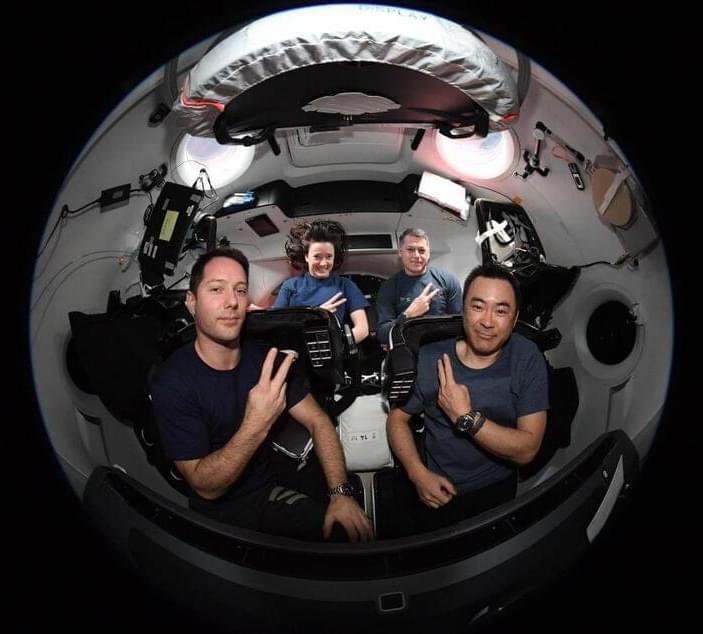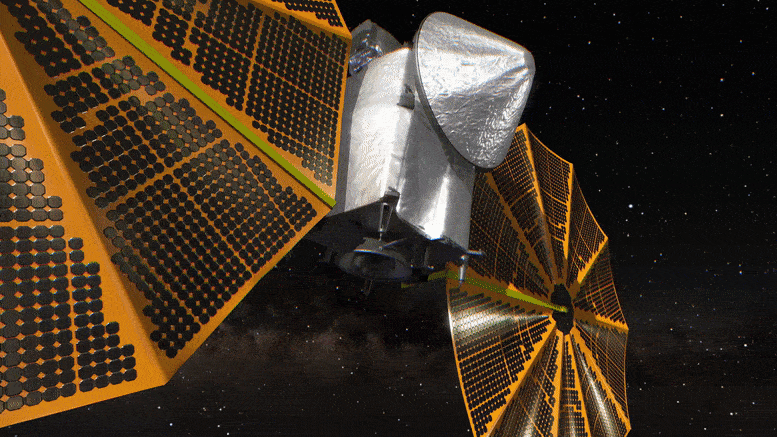Today, we’re bringing you 10 EMERGING Technologies That Will Change The World. Better stick around for #1 to find out how Elon Musk may have plans to turn us all into human robots some day.
What’s up tech-heads and welcome to another episode of TechJoint! It really feels like we’re already living in the future every day. From 5G connectivity to self-driving cars being even more accessible, innovation is everywhere we look! It can sometimes be hard to imagine a world with even more innovation—a future world. What would it look like? What everyday problems would be solved? It’s a pretty good bet some technologies like artificial intelligence will be in our lives, playing important roles in the future of humankind. Other technologies may seem far fetched, unnecessary and frankly, unattainable. So buckle up, and let’s take a look at these 10 futuristic technologies that are going to change the world as we know it.
► Subscribe For More! https://goo.gl/FQqpG8
10 EMERGING technologies that will change the world.
10. 10 Voice Assistants.
9. Gene Splicing.
8. Mixed Reality.
7. Regenerative Medicine.
6. Fully Autonomous Vehicles.
5. Digital Wallets.
4. Artificial Intelligence.
3. Automation.
2. ‘Alive’ Building Materials.
1. Internet For Everyone.
► Disclaimer: This video description contains affiliate links. Meaning, if you click on one of the product links and make a purchase, we receive a small commission. This helps us keep making more videos. Thank you for your support!
For Copyright Issues, Please Contact [email protected]






